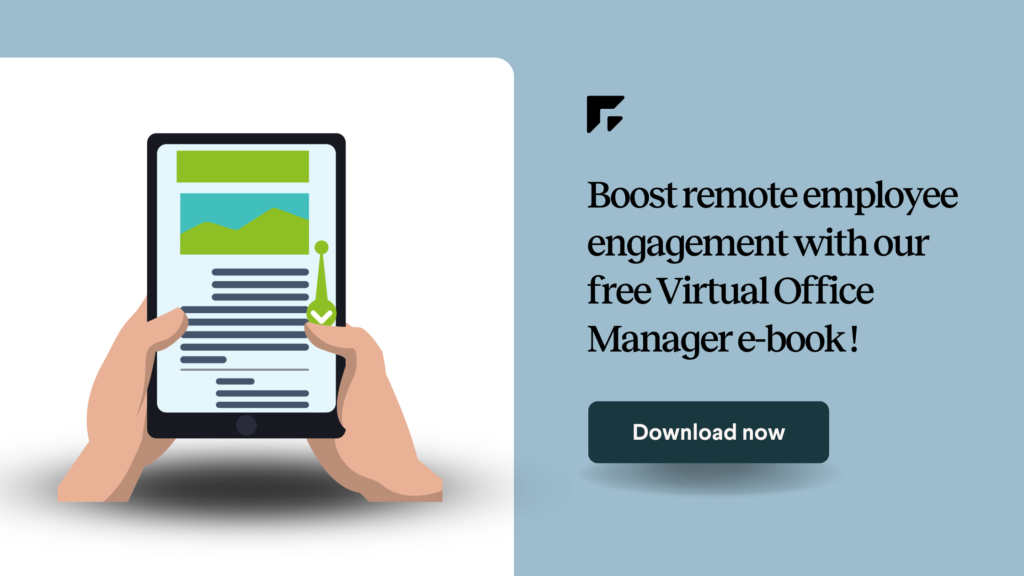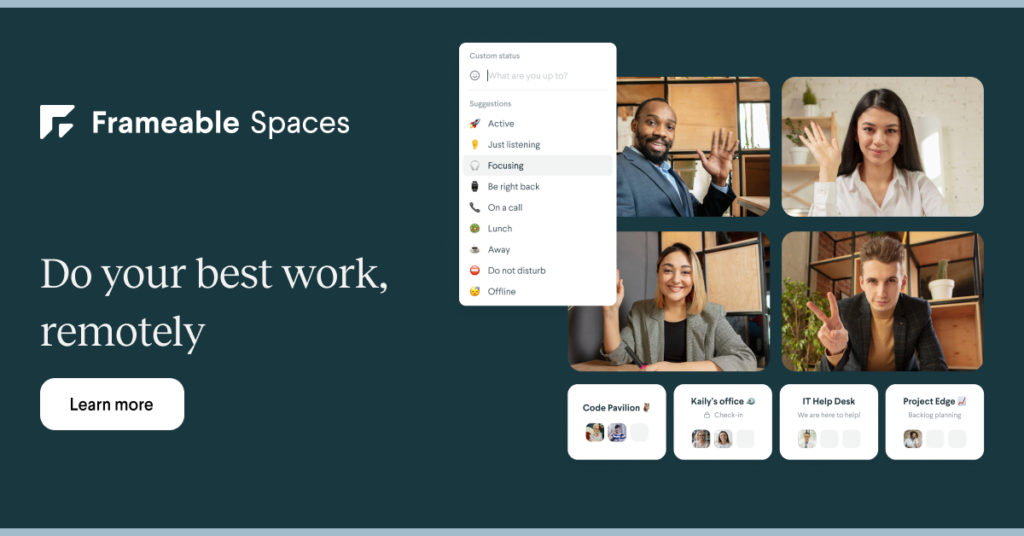Your conference attendees shouldn’t feel helpless when they seek assistance or raise concerns. This may sound extreme, but it is an all-too-common experience for many conference-goers—and something I recently faced at a hybrid industry event.
Like 32 million other Americans, I have food allergies. I can usually find some safe food at events (especially large, multi-day conferences). But I always pack snacks just in case. On day one of a recent event, however, I couldn’t find any food labels or clearly allergy-friendly options, and I was unsuccessful in finding someone who could help me identify my options. Good thing I brought snacks! Day two, same problem, and I noticed numerous other attendees complaining amongst themselves. By day three, we knew we were on our own, our snack piles were dwindling, and many of us started venting our hanger-fueled frustration on social media.
This example is just one of the many ways that a disappointing conference experience can spiral if event planners are unaware of their attendees’ needs. But there is an easy way that the event organizers could have anticipated or corrected this issue—attendee surveys!
Although many event challenges can be unpredictable, any attendee issues can be addressed if you effectively survey them and create healthy feedback loops to correct issues in real time. Here’s how.
Why Virtual Event Attendee Surveys Are Vital To Your Success
Building a successful online event requires you to have an unwavering focus on your attendees—what they want to learn, who they want to hear from, and how they want to engage in the event experience.
As an event planner, your budget and timing will drive many decisions. It’s understandable that you cannot factor in every possible event hiccup during your planning. However, pre-event attendee surveys can help you cover your bases and address areas you may have previously overlooked (like dietary needs or accessibility considerations).
Once your event starts, your team will be busy and urgent needs will arise—and you don’t want your team’s time to be taken entirely by attendees who are seeking help. Field surveys during your event through your event app or in the virtual event platform interface to quickly identify immediate areas of concern and fix them before they spread. You should assign two or three team members during the event whose sole responsibility is to address concerns raised in the surveys.
Post-conference surveys are the most common—and they are critical for improving your next event strategy—but the damage is already done to attendees who felt you inadequately addressed their needs during the event. Yes, you need to use post-event surveys to improve your next event. But fielding surveys before and during your event is most helpful for addressing your real-time attendee needs and keeping an urgent issue from becoming a crisis.
Sample Event Attendee Survey Questions To Help You Improve Their Experience
To help you get valuable attendee insights to strengthen your event experience, consider asking the below questions in your pre-, during, and post-event attendee surveys.
Pre-Event Attendee Survey Questions
Before the event, ask your registrants questions that will help you finalize your conference agenda and address your attendees’ needs. Automatically send a pre-event survey as soon as an attendee registers for your event, and remind your attendees to fill out the surveys through your ongoing email and social media communications. Pre-event survey questions can include:
- What is your preferred session length at an event like ours?
- Were you disappointed in a recent event experience? If so, what is the biggest challenge you faced that detracted from that event experience?
- Who would you want to hear from at the event (you can name specific people or tell us general titles or industries)?
- What are your food or dietary restrictions? (include a fill-in field)
- Do you have any food or dietary preferences?
- What kind of networking events or activities do you prefer?
- Is there anything we can do to make your time at the event remarkable?
During the Event Attendee Survey Questions
During the event, surveys give you real-time feedback on your sessions and the overall event experience. The key is to assign at least two event staff members to monitor these submissions and route concerns to the appropriate team members as soon as possible. Sample questions to ask attendees during a virtual or hybrid event include:
- How would you rate the food and beverage options provided at the conference?
- Are you comfortable with the temperature throughout the event space?
- Have you faced any challenges in navigating the event experience?
- What can we do to make your event experience even better?
- How would you rate the quality of service provided by our event staff?
Post-Event Attendee Survey Questions
After the event, surveys are a vital way to understand if your event was successful—did your event meet its goals and fulfill your attendees’ hopes? If your event was unsuccessful, then you will have a harder time getting attendees at your future events. Consider asking these types of questions in your post-event attendee surveys:
- On a scale of 1 to 10, how would you rate your overall conference experience?
- What are the three things you think we did best during the event?
- How could we have improved your experience?
- Would you recommend our event to a colleague? Why or why not?
- Would you be interested in attending a future event with us?
Designing an Attendee-Obsessed Experience
Virtual and hybrid events are far more common than before, and your prospective attendees deserve an intuitive and engaging experience.
Use event attendee surveys at each stage of your event to up-level your attendee needs and identify potential issues before they escalate and destroy your attendee experience. It is impossible to host a perfect conference, but attendee surveys empower you to be truly attendee focused.
Once you understand what your attendees need from your event experience, you’ll need a virtual or hybrid event platform that can enable the dynamic spaces that allow them to mix, mingle, and engage with the event experience. We’ve built Frameable to help people make real connections at your event through a beautiful and easy-to-navigate interface. Learn more about Frameable Events and get started with us today to host your next event.













